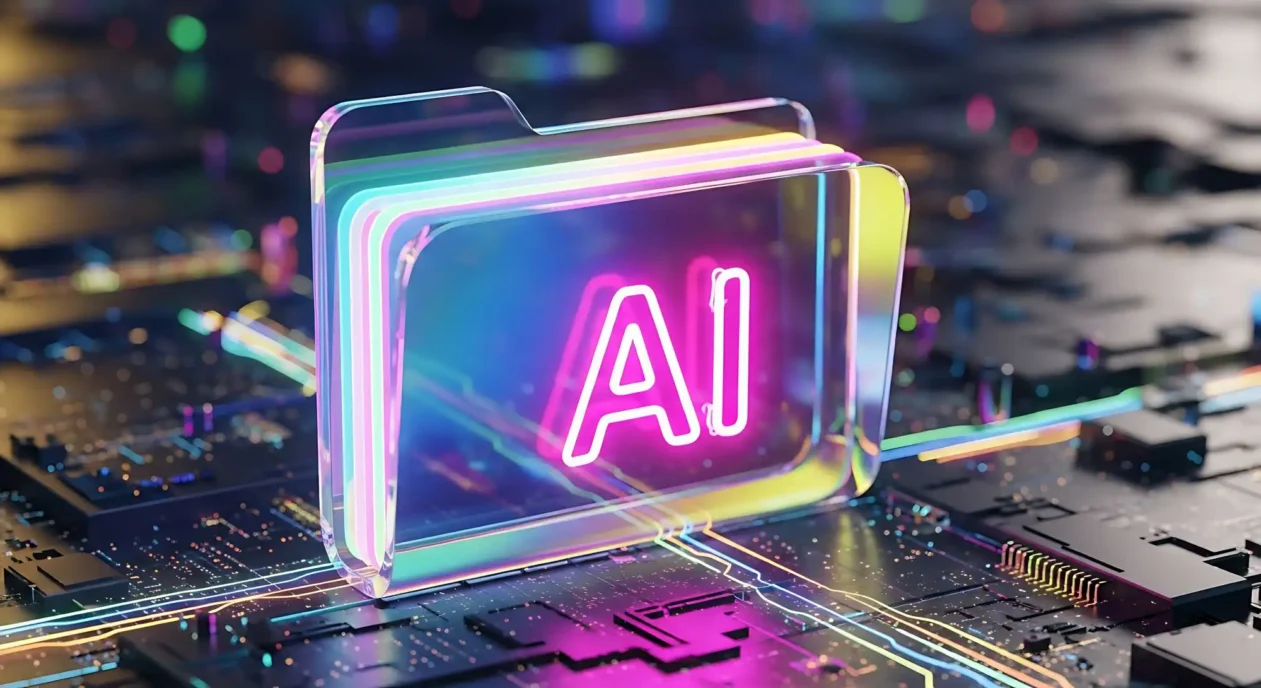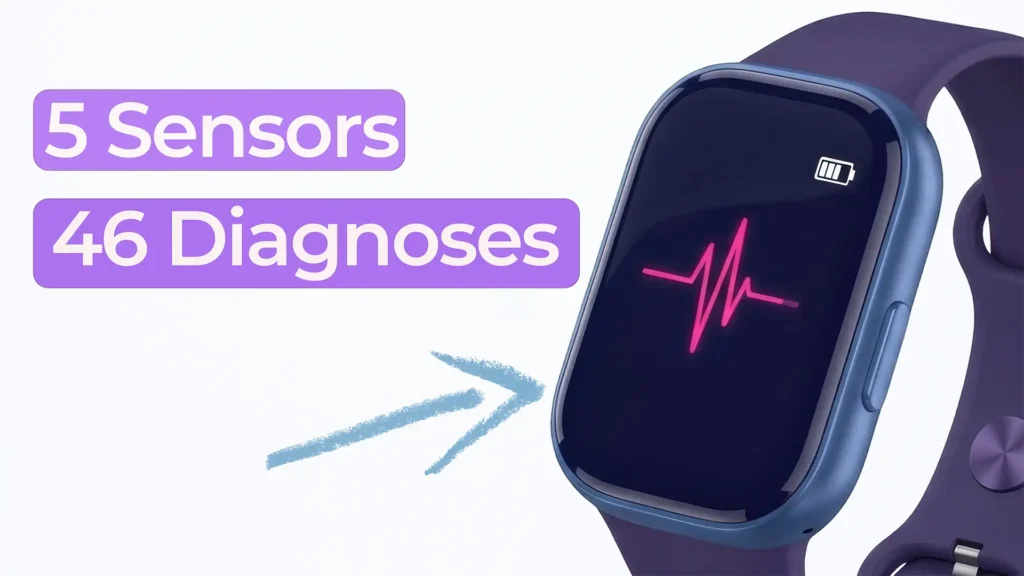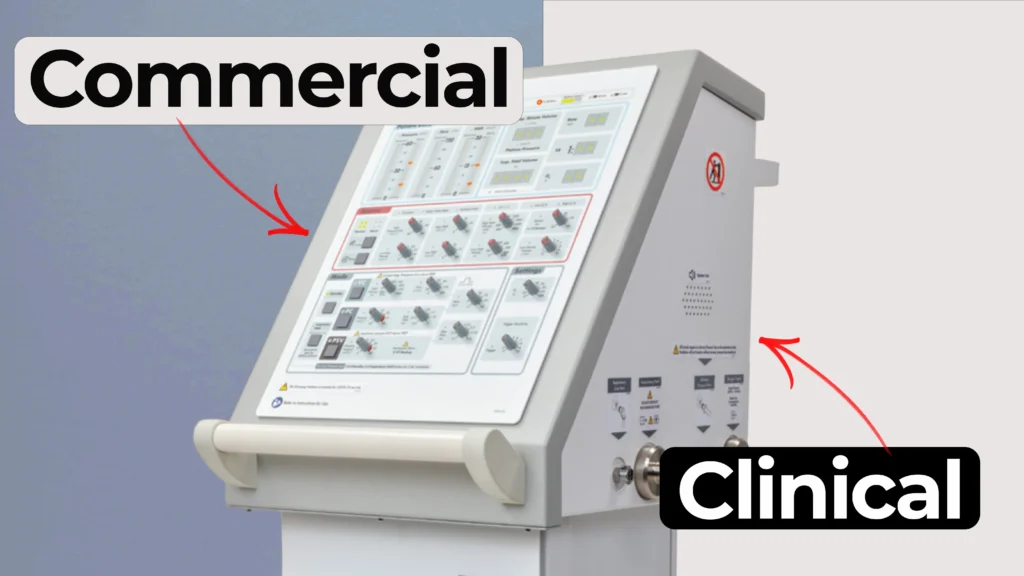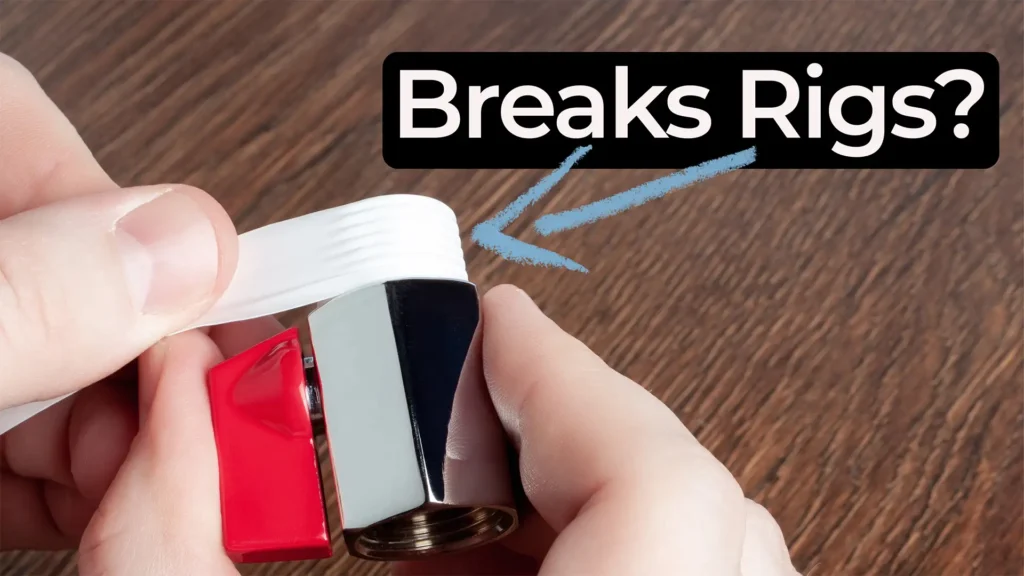
AI for Hardware Design in Medical Devices
TL;DR
- AI can act as a collaborator across hardware workflows, not a replacement.
- It accelerates verification, component discovery, sourcing, and driver development.
- Concrete examples (e.g. voltage domain mismatches) show where AI adds real value.
- Some tasks—like nuanced analog or regulatory interpretation—still require human expertise.
- Best results come when AI is part of an iterative, feedback-driven design process.
AI is quietly reshaping how hardware teams work. At StarFish, it’s become a versatile collaborator across the product lifecycle from early sketches to prototype validation.
We use it to extend our reach beyond distributor taxonomies, turn ambiguous requirements into component candidates, and uncover better options when parts go obsolete. It helps us scrape and summarize datasheets, surface insights from obscure forums, and make early sourcing or cost calls before designs are locked. We even use it as a parallel reviewer, flagging inconsistencies and schematic capture mistakes that humans are prone to make.
This article explores how our teams are applying AI across the hardware design process, where it creates real leverage today, and where human expertise remains irreplaceable. Across these different stages, we’ve found the most tangible gains in seven areas, from design verification to component selection, sourcing, and rapid code generation.
Design Verification with AI Support
Think of an AI design checker as an infinite reviewer that never tires of fine print. Partnering with Cadstrom.io (an AI-driven verification tool) and running it in parallel with our human reviews has surfaced the kinds of issues engineers often miss: inconsistencies between datasheets and library symbols, missing or mismapped pins, and unclear instructions around pin usage. It’s also effective at catching mismatched voltage domains (for example, 5 V logic talking to 3.3 V inputs), incompatible bus interconnections, and overloaded signals that might not reliably meet thresholds down the chain. These tools don’t yet process layout information, and they won’t save us from a late-stage footprint error, but they excel at schematic-level checks and metadata integrity. The result is higher board-design yield, faster design cycles, and savings we can pass directly to our clients.
Smarter Component Discovery, Powered by AI
When you know what you need but not what it’s called, AI shines brightest. Traditional catalog filters can trap you in the wrong category or constrain you to a single supplier’s taxonomy. We’ve used chat assistants to describe target specs (peak voltage, power envelope, interface requirements) and generate candidate devices across vendors. This vendor-agnostic view is especially helpful when your initial keyword is off by just one term. For example, searching for ‘load switches’ went nowhere until the term ‘eFuse’ unlocked the right class of parts with built-in inrush limiting and current protection. AI got us there faster than manual exploration.
Comparing Alternate Parts and Datasheets Using AI
When a part reaches end-of-life, the clock starts ticking. We often paste two candidate parts (original and replacement) into a chat and request a point-by-point comparison (pin compatibility, operating ranges, timing, tolerances, and any subtle differences that could affect the design). We still review datasheets manually, but AI’s ability to extract and format key differences in minutes reduces the cognitive load and helps us focus on what deserves deeper investigation.
Using AI for Parts Sourcing and Early Cost Estimates
For early-stage scoping, we use AI as a capable concierge. Ask for reputable distributors by region, lead times, or package variants, and you’ll get a usable starting list. We can even input a lightweight BOM to estimate order-of-magnitude costs for a few prototypes. It’s not a replacement for tools like Octopart or a purchaser’s due diligence, but it helps answer the rough question, ‘Are we in the right ballpark?’ before cost targets are set.
Enhancing Troubleshooting and Institutional Knowledge with AI
Once designs are in motion, our focus shifts from sourcing parts to understanding how they behave in the real world. Chat assistants excel at stitching together tacit knowledge scattered across forums and Q&A archives. When documentation is ambiguous (we’ve all met that one pin that’s underspecified), asking an assistant for likely failure modes, errata, and user-discovered fixes often surfaces useful leads faster than a standard search. We treat this as a quick literature review (ideas to test, not conclusions to ship).
Clarifying Standards with AI (Used with Caution)
For hardware projects in regulated environments, even early interpretations of safety standards can influence design decisions. Safety and regulatory language can be ambiguous. We’ve used AI to clarify how certain medical standards apply (for instance, whether a clause pertains to large but nonpermanent equipment). AI tools can highlight relevant sections and themes, but their accuracy depends entirely on training data. We never substitute AI for formal interpretation from a notified body, test lab, or internal compliance lead; it’s a preread, not a ruling.
Rapid Code, Scripts, and Driver Development with AI
Perhaps the most immediate productivity gain is in code acceleration. Need a Python script to filter data, C code for a new sensor driver, or a quick serial-protocol interpreter for an existing API? AI can draft the structure in minutes. Our pattern is consistent: generate the scaffold, run tests, then iterate. We use AI to get started quickly and focus on the higher-value problems at hand. These small wins at the firmware and scripting level compound, accelerating integration tests, sensor calibration, and early prototype validation.
Where AI Still Falls Short in Hardware Design
We’ve tested tools that promise end-to-end circuit synthesis. They can connect straightforward digital blocks or configure off-the-shelf ICs, but nuanced analog front-ends and real-world interactions still demand human judgment, modeling, and iteration. The gap is narrowing, but the tools we’ve tried aren’t quite there yet. Even with those limitations, the gains we’re seeing are too substantial to ignore.
The Real Value of AI in Hardware Design
AI isn’t replacing engineers, it’s empowering our teams to focus on what matters most. Used as a reviewer, research concierge, and code copilot, it helps hardware teams spend more time on the questions that matter most: performance, safety, and user experience. That’s the promise worth keeping, fewer unforced errors, faster learning loops, and better products from every iteration.
Astero StarFish is the attributed author of StarFish Medical team blogs. We value teamwork and collaboration on all our medical device development projects.
Images: Adobe Stock
Related Resource

Nick and Nigel explore how a surprisingly small set of sensors could be used to identify a wide range of common health conditions.

Understanding how clinical ventilator development differs from commercial ventilator design is essential for teams planning early studies.

Nick walks through a practical Teflon tape lesson that came from real work supporting a mechanical test rig.

Most sterile medical devices begin their journey long before anyone thinks about sterilization. Teams focus on function, usability, materials, and suppliers, then discover that sterilization constraints can reshape many of those early decisions.